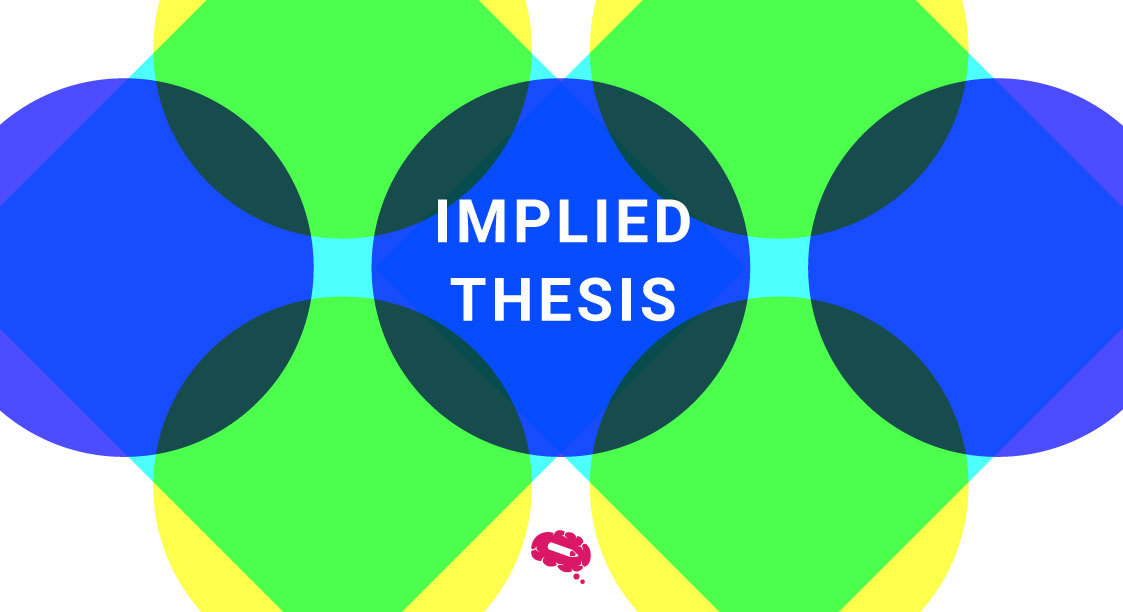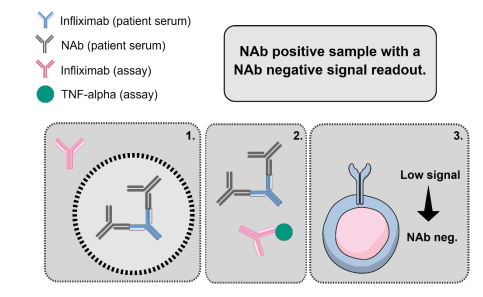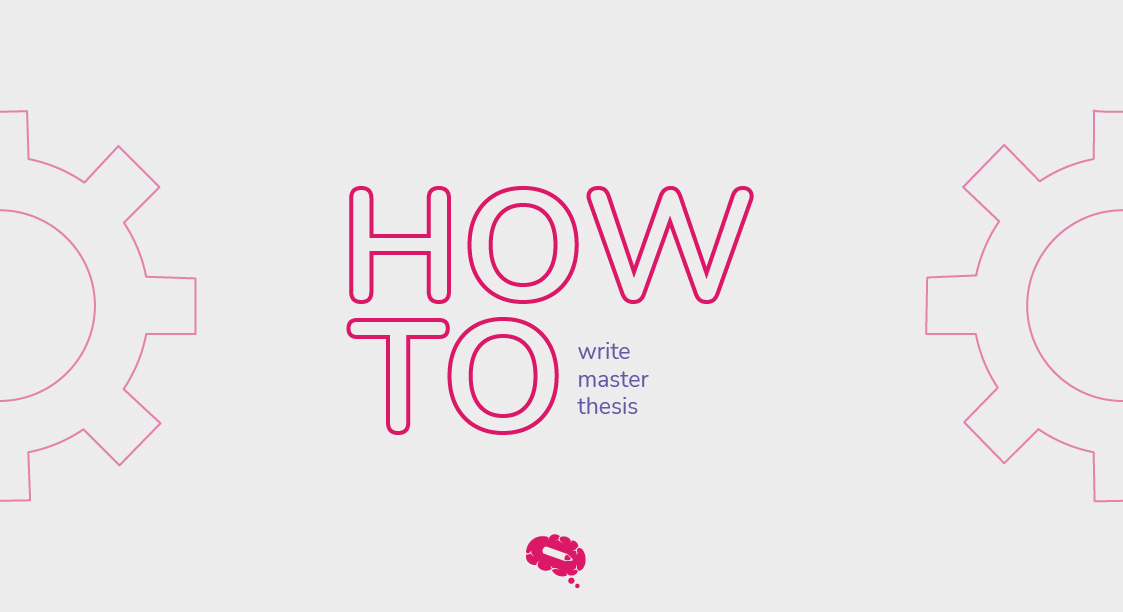If you’re a researcher or a graduate student, you must’ve come across this simple yet crucial term, thesis. It is very important for your career as it summarizes your research work and presents it in a way that the readers can understand and evaluate your findings.
But, writing a thesis can be a tedious task and many may find difficulty in it. To resolve that, we help you understand the thesis and its types while throwing light on the implied thesis and the steps to write it.
What is a Thesis?
A thesis is a composed report or a research paper that presents the researcher’s unique exploration, investigation, or discoveries on a particular subject or question. Typically, a thesis is written by a graduate student as part of their degree program, such as a master’s or doctoral degree.
A thesis typically has several chapters, including an introduction outlining the research question, a literature review summarizing previous work on the subject, a methodology section describing the research methods employed, a results section describing the research’s findings, and a conclusion explaining the thesis’ key points and emphasizing any implications.
A thesis is written in order to advance the field of study, showcase the researcher’s expertise, and show their capacity for independent study. A committee of professors or subject-matter experts will frequently review the thesis to give feedback and determine whether they meet the requirements of the degree program or not.
Explicit vs Implicit Thesis
Diving deeper into the topic, a thesis usually has two ways of writing: Explicit and Implicit. Both of them have a huge role in deciding how the content is going to be as you cannot use them at random. It depends on the topic that you choose.
An explicit thesis is a short, to-the-point statement that expresses a writer’s main argument or point in an essay or other piece of writing. This kind of thesis statement, which is usually found at the end of the introduction, leaves no room for interpretation.
An implied thesis, on the other hand, is one that is not explicitly stated in the writing but is rather hinted at or suggested by the language, the supporting details, and other elements. The main point or argument of the work must be inferred by the reader from the context, the writer’s language, and the writer’s use of examples.
An implied thesis statement can sometimes be more powerful than an explicit one, especially when the writer wants to draw the reader in and get them to consider the text critically.
An explicit thesis statement may be more clear-cut and simpler for readers to understand. A writer may have more freedom to develop their argument throughout the essay if there is an implied thesis rather than an explicit one.
However, the writer’s objectives, the audience, and the context of the writing will ultimately determine whether to use an explicit or implied thesis.
Why is an Implied Thesis Important?
An implied thesis is important because it helps in the reader’s understanding of the writer’s intended meaning or goal in their writing.
It also helps in tying together the concepts discussed in a piece of writing, improving its clarity and reader-friendliness. Additionally, it helps the reader in understanding the viewpoint and goals of the writer, which is beneficial when evaluating the accuracy and weight of the arguments presented.
Additionally, an implied thesis can encourage the reader to engage with the text more critically because in order to fully understand the writer’s intended meaning, the reader must actively interpret and draw conclusions from the writing. This can lead to a deeper level of analysis and understanding of the text, which can be beneficial in academic and professional contexts.
6 Steps to Develop an Implied Thesis
- Identify the main point: Clearly define the main argument or point you wish to make in your writing. This statement, which summarizes the main idea you wish to convey, should be direct and brief.
- Consider the objective: Consider the objective of your writing. Are you attempting to inform, entertain, or convince your reader? You can create an implied thesis statement that effectively conveys your message if you know your purpose.
- Examine your structure: Take into account the structure of your writing. How do you present your ideas? Are there any recurring patterns or themes? This can assist you in determining the main argument or point you are trying to make.
- Look for keywords and phrases: Look for keywords and phrases that you use repeatedly. This can provide clues as to what you are trying to communicate.
- Consider your tone: Analyze the tone of your writing. Are you being serious or humorous? Sarcastic or sincere? Understanding your tone can help you interpret your intended meaning.
- Draw conclusions: Based on your analysis of your main point, purpose, structure, keywords, phrases, and tone, draw a conclusion about your implied thesis statement. This should be a clear and concise statement that summarizes the main argument or point you are making in your writing.
Keep in mind that an implied thesis statement might not be as clear as one that is stated explicitly. The reader might need to apply some critical analysis and interpretation to it. As a result, it’s essential to structure your writing so that it clearly communicates your main idea and strengthens your underlying thesis statement.
To conclude, a well-crafted thesis statement is important because it helps to guide the writer’s focus and provides a clear direction for the essay, making it easier for the reader to follow and understand the writer’s argument.
Visually appealing figures for your research
Mind the Graph is a platform that helps scientists explore a huge library of scientific visuals and present them in their thesis to entice the readers. Sign up now and unlock visually appealing figures for your research.

Subscribe to our newsletter
Exclusive high quality content about effective visual
communication in science.





